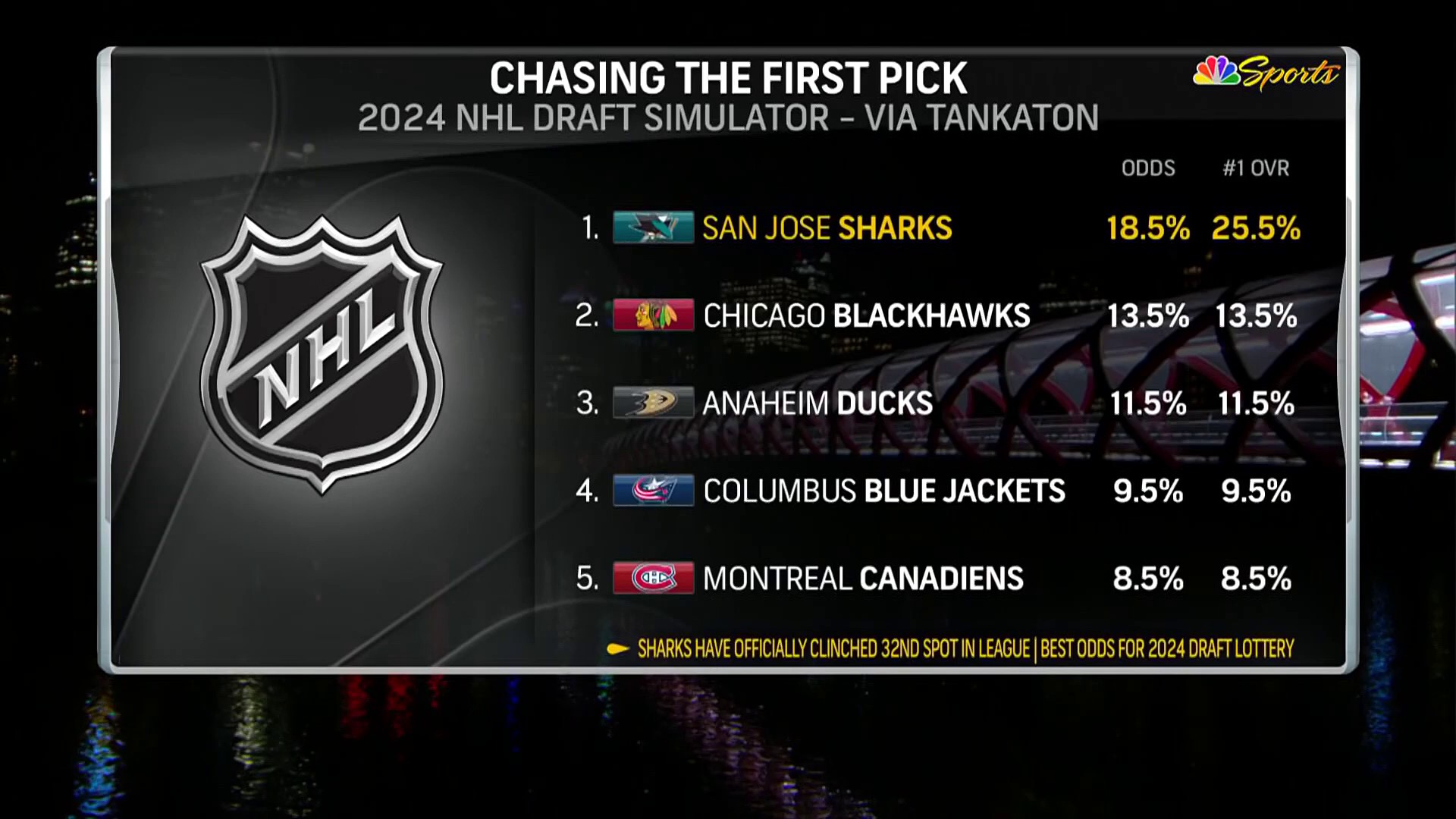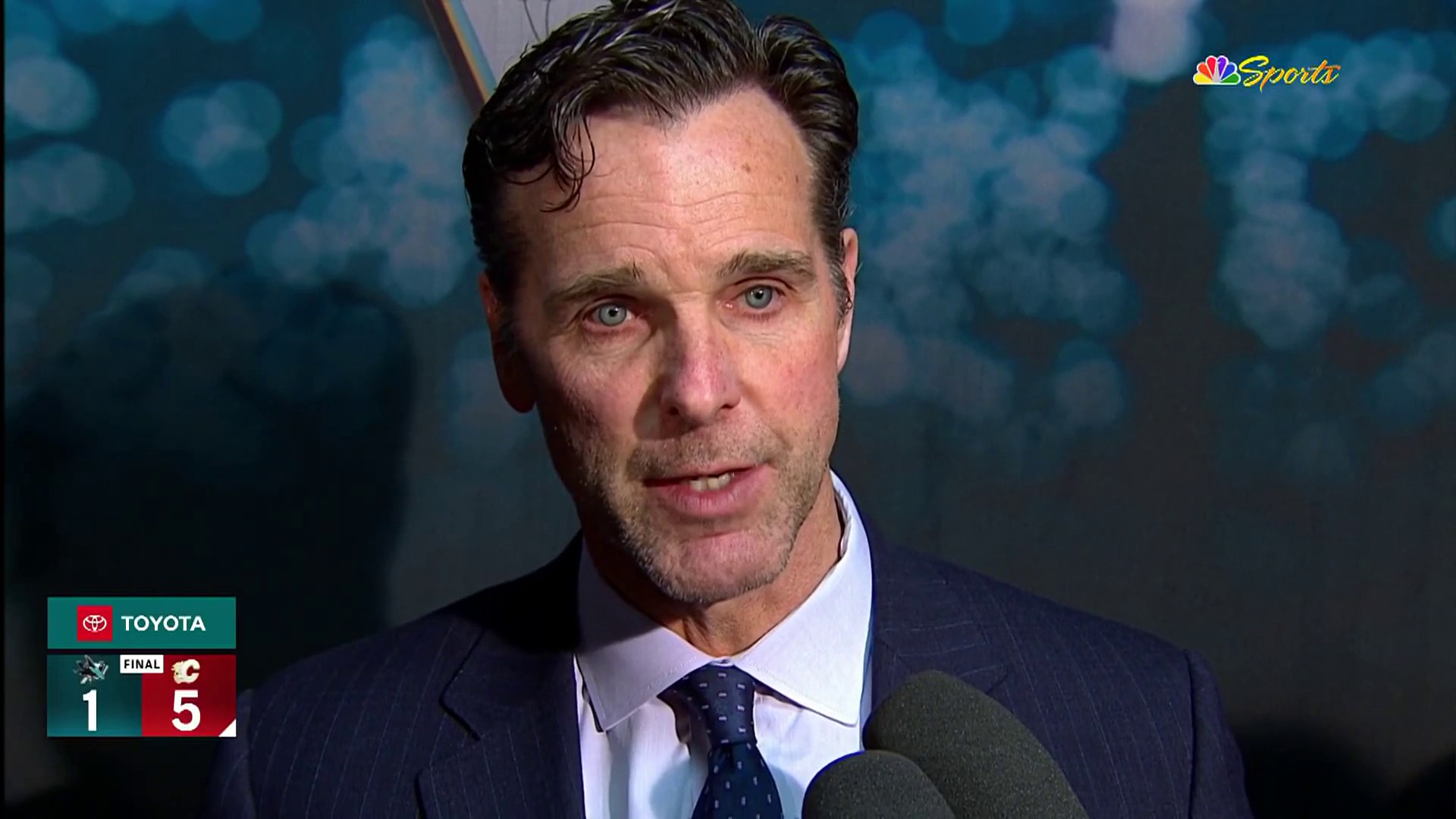- Editor's note: Sheng Peng will be a regular contributor to NBC Sports California's Sharks coverage. You can read more of his coverage on San Jose Hockey Now, listen to him on the San Jose Hockey Now Podcast, and follow him on Twitter at @Sheng_Peng.
The Sharks should be breaking in at least a half-dozen new players this year.
They acquired wingers Luke Kunin and Steven Lorentz via trade, and winger Oskar Lindblom, center Nico Sturm, and defensemen Matt Benning and Markus Nutivaara in free agency.
Stay in the game with the latest updates on your beloved Bay Area and California sports teams! Sign up here for our All Access Daily newsletter.
What should fans expect from this (mostly) gritty half-dozen?
There’s the obvious stuff: Kunin and Lindblom project to be net-crashing wingers who could flirt with 20 goals, Sturm is an accomplished defensive center trying to incorporate more offense into his resume, Lorentz should add disruptive physicality to San Jose’s fourth line, Benning is a solid defensive defenseman, and Nutivaara is a smooth puck mover.
But let’s check under the hood: SPORTLOGiQ provided San Jose Hockey Now with micro-stats for each of these new Sharks, shedding more light on their individual strengths and weaknesses. Let’s look at a telling strength and weakness for Kunin, Lorentz, Lindblom, Sturm, Benning, and Nutivaara.
What’s the attribute that three of these players share, which points at the type of player that new general manager Mike Grier wants for his Sharks? It’s not size or physicality. Who’s the most not Grier-like skater of this bunch?
San Jose Sharks
Luke Kunin
I wrote extensively about Kunin’s strengths and weaknesses recently at San Jose Hockey Now.
He should be an asset to the Sharks below the dots: Kunin ranked 15th among 283 qualified NHL forwards with 1.04 deflections per 20 (at least 50 power-play minutes). He was 80th in rebounds recovered on the man advantage.
However, Kunin was 410th among 439 qualified NHL forwards with 2.3 controlled zone entries per 20 (at least 300 even strength minutes) last year. Kunin is not a forward, even with his solid skating, that you want lugging the puck up the ice if your aim is to gain the offensive zone with possession. Chances are, he’s going to dump that puck.
Essentially, Kunin is dangerous below the dots -- the winger scored at a 20-goal pace in two of his last three seasons -- but in other areas of the ice, you may not necessarily want him with the puck.
Steven Lorentz
Per SPORTLOGiQ, the Carolina Hurricanes “have arguably been the best and most aggressive forechecking team in the NHL over the past few years.”
And Lorentz has flourished in that system, though he perhaps hasn’t stood out. For example, Lorentz was eighth in the NHL at 2.2 offensive puck battle wins per 20 out of 439 qualified forwards (at least 300 even-strength minutes). That’s impressive.
On the other hand, Lorentz was just third on his own team in this category, behind Jordan Staal and Jordan Martinook.
So while there’s no doubt that Lorentz wins puck battles, an aggressive Canes forecheck probably goosed his numbers too.
Lorentz, however, didn’t do a lot with the pucks won on the forecheck. He was 235th in the league at 0.23 forecheck chances per 20.
In summary, Lorentz should be an effective forechecker for the Sharks, but he can stand to do more with the pucks that he wins for himself and the team.
Oskar Lindblom
The Sharks are counting on Lindblom to regain his pre-cancer diagnosis form.
From two seasons, before his Dec. 2019 cancer diagnosis, Lindblom was above the 92nd percentile in the league in deflections per 20 at even strength. Last year? He was just a 57th percentile forward in this department.
Basically, Lindblom was an above-average to excellent offensive forward around the slot in his best years, but he took a big step back last year.
Can Lindblom, 25, once again be that front of the net terror that he was in his early NHL campaigns?
Nico Sturm
Sturm is another grinder who can win puck battles: He’s 37th in the league with 3.7 puck battle wins per 20 out of 439 qualified forwards (at least 300 even-strength minutes). Unlike Lorentz’s proficiency in the offensive zone, Sturm is winning battles in all three zones, which is a mark of a rock-solid defensive center.
There’s some hope that the 27-year-old has a little more offense in his game. But he’ll need to up his 6.9 OZ pass-completions-per-20 clip, though -- that’s 304th among all qualified forwards.
Matt Benning
There’s a theme out here this offseason.
Benning is 16th in the NHL, out of 233 qualified defensemen (at least 400 even-strength minutes), with 2.3 puck battle wins per 20.
We’ve already touched on this stat with Lorentz and Sturm, and it’s safe to bet that winning more puck battles is part of what Grier meant when he’s talked about a more “tenacious, highly competitive, in-your-face, fast, and hard to play against” Sharks.
The veteran blueliner, however, won’t help much with exiting the defensive zone with puck possession. He’s 169th in the league with 1.9 zone exits per 20.
So he’s not skating the puck out of the zone -- and if the first pass isn’t there, it’s like glass and out.
Markus Nutivaara
Nutivaara appeared in just one game last season, so we looked more closely at his 2020-21 campaign.
Like his reputation suggests, Nutivaara is a decent puckmover. He was 35th in the NHL with 2.2 stretch passes per 20, out of 193 qualified defensemen in 2020-21 (at least 400 even-strength minutes). So he’s good for some long-bomb offense.
But he’s the opposite of most of the new Sharks with just 1.8 puck battle wins per 20, good for just 175th among all blueliners.
He is perhaps the only new Sharks’ acquisition this summer that doesn’t seem to be a player cut in Grier’s cloth. Grier, who played for the Sharks from 2006 to 2009, was known as one of the league’s most tenacious grinders in his heyday.
But Nutivaara adds some offensive finesse to a Sharks’ blueline that sorely needs it with the departure of Brent Burns, and the question marks surrounding Erik Karlsson’s health and prospect Ryan Merkley’s development.


